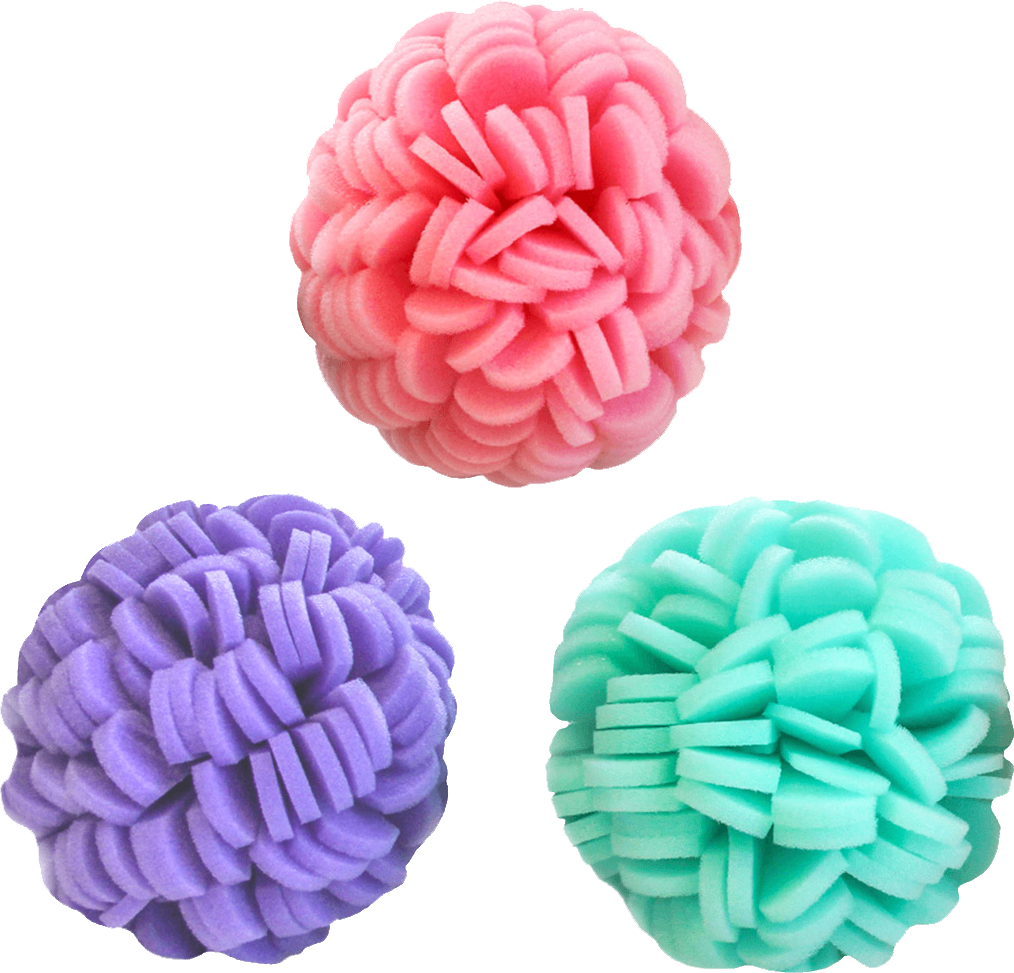Picking a good moisturizing serum seems easy enough – pick the one that has the most beneficial ingredients packed into one product, and you are good to go, right?. Names like “emollient” and “occlusive agent” are just fancier terms for moisturizers, right? Wrong! There are in fact several different types of moisturizing serums for your skin that are meant to cater to different aspects of dry skin, i.e. some help your skin to retain moisture whereas other attract moisture. Still confused? Read below to learn about the distinction between different types of hydrating agents.
Emollient
Produced as gels, lotions, ointments and creams, emollients are moisturizers that are specifically geared towards soothing skin and improving feelings of itchiness/discomfort. Specifically, emollients are intended to make your skin more moisturized and lithe so that there is a lower chance of painful cracks and fissures developing on your skin (just think of the deep creases that develop on your feet when they are dried out). As such, emollients are best used on skin that is riddled by itchy, flaky dry skin lesions, such as psoriasis or eczema. However, emollient’s benefit are not long-lasting, and even skin that has seen improvements from use of emollients should still have emollient creams applied to it several times a day. For the best results, the National Eczema Society suggests applying emollients after bathing, applying an emollient at least three times throughout the day, and applying in the direction of one’s hair growth. (National Eczema Society , Psoriasis and Psoriatic Arthritis Alliance)
Occlusive Agents
Unlike emollients, which are more concerned with soothing your dry skin, occlusive agents are concerned with reducing moisture loss. Specifically, occlusive agents like beeswax and lanolin create a barrier over the outer layers of skin that limits transepidermal water loss (TEWL) and also contributes to corneocytes’ intercellular matrix. For the best results, you should apply occlusive agents to slightly damp skin (such as after showering) and use an occlusive agent combined with emollients, as some find that occlusive agents may feel to oily and heavy on the skin (SkinTherapyLetter.com, Cosmetics and Toiletries).
Humectants
If your skin is greatly deprived of moisture, then you should look for products containing humectants like glycerin, urea, and honey. Humectants have two means of hydrating your skin: one is that they pull moisture from your dermis (lower layers of skin) into your epidermis (out layers of skin), and the second method is by attracting moisture from your environment into your skin. However, humectants aren’t always perfect; when they pull moisture from the dermis to the epidermis, this runs the risk of moisture being extracted by environmental means. Therefore, most humectants are used in combination with occlusive agents, so that they may “lock in” moisture provided by the humectants (SkinTherapyLetter.com, The Dermatologist).
Bottom Line
Moisturizers aren’t simply limited to those lotions that can make your skin feel less itchy or dry. In fact, there are three main types of moisturizing ingredients (emollients, occlusive agents, and humectants) that all cater to certain aspects of having dry skin. If you have dry, scaly and itchy patches of skin (such as seen in eczema or psoriasis), then you may want to use soothing emollients. Does your skin produce enough moisture but has trouble hanging on to it? Try an occlusive agent, which can create a protective layer on the surface of your skin. If you are concerned with actually moisturizing your skin, then make sure to use humectants which can attract moisture from your environment and also transfer moisture from your dermis to your epidermis.






